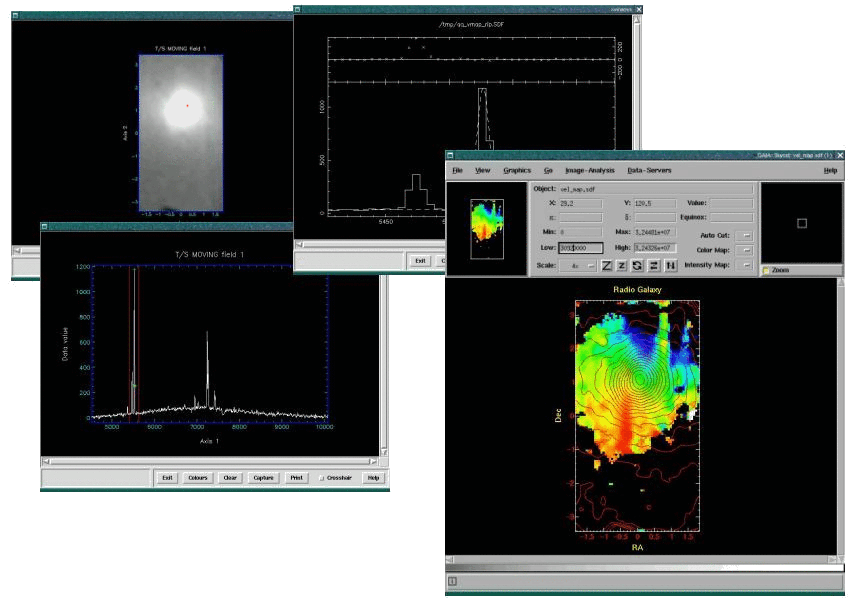SC/16.2
Starlink Project
STARLINK Cookbook 16.2
A. Allan & Malcolm J. Currie
2008 July 4
The IFU Data-Product Cookbook
Version 1.3

SC/16.2
Starlink Project
STARLINK Cookbook 16.2
A. Allan & Malcolm J. Currie
2008 July 4
The IFU Data-Product Cookbook
Version 1.3

This cookbook is a collection of material covering IFU data reduction and analysis. Along with this material are pointers to more advanced documents dealing with the various packages, and hints and tips about how to deal with commonly occurring problems.
csh scripts
Economou F., Bridger A., Wright G.S., Jenness T., Currie M.J., Adamson A., Astronomical Data Analysis Software and Systems VIII, Mehringer D.M., Plante R.L., Roberts D.A. (eds.), 1999, p.p. 11, ASP Conf. Ser., Vol. 172
In compiling this document I (AA) have again leant heavily on already available material, and the help of many people in the IFS community. However, special thanks should go to Rachel Johnston, Jeremy Allington-Smith, James Turner and Frank Valdes for their co-operation and contributions.
Up-to-date information about UIST data reduction was provided by Stephen Todd who wrote the original ORAC-DR IFU recipes for the instrument.